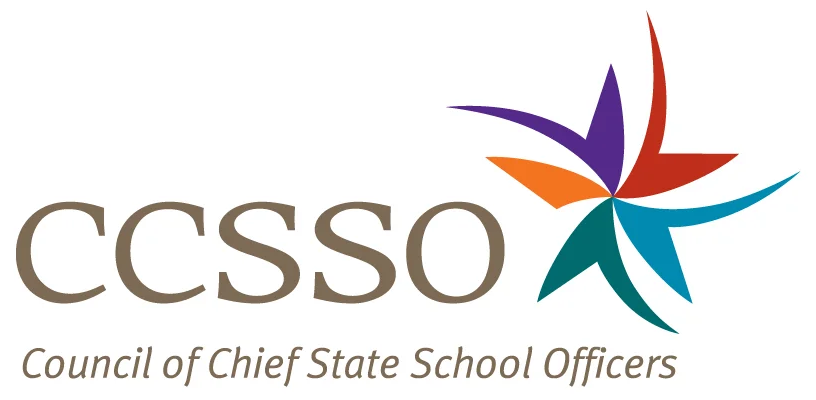How States Are Planning for the End of ESSER
States and districts received nearly $190 billion in federal funds to support relief and recovery in K-12 schools through the Elementary and Secondary School Emergency Relief (ESSER) fund. Funding was allocated in three different tranches and states and districts have until September 30, 2024, to obligate the final round of remaining funds.
ESSER was designed to be a one-time emergency relief program and states and districts planned their investment strategies knowing that the funding would not be renewed. However, student needs in the wake of the COVID-19 pandemic persist, and continued support is needed to fully close learning gaps and address student and educator wellbeing. Additionally, emerging evidence shows that students could continue to benefit from recovery innovations outside of a pandemic environment.
As the final ESSER obligation deadline approaches, states are taking steps to sustain important pandemic recovery activities and support the continuation of high-impact investments. The impact of the sunsetting funding will affect states and districts differently, though the most significant funding shifts will be in lower-income districts that received larger shares of ESSER funding. Here are some of the ways state education agencies (SEAs) are supporting sustainability in their states:
Setting priorities: SEA leaders are charting a path out of the pandemic by defining a vision for post-pandemic recovery. In North Carolina, Superintendent Catherine Truitt’s Operation Polaris vision outlines seven priority areas for the state’s K-12 education system. This vision is the foundation for how the SEA conducts its business and supports districts and serves as a lodestar to guide practitioners in the field. To support local leaders with setting priorities, the agency’s Office of Learning Recovery and Acceleration unveiled its ESSER Funding Cliff Toolkit that supports data-driven financial decisions post-ESSER.
Measuring impact: At least 28 states have reported plans for state-level evaluations and 27 have reported plans for local-level evaluations. These efforts will help SEAs monitor implementation, support continuous improvement and understand the impact of their investments. Connecticut launched the Center for Connecticut Education Research Collaboration using ESSER set-aside funds to convene education researchers from colleges and universities in the state and evaluate the impact of state-led investments in summer enrichment, home visits, behavioral health, remote learning and more.
Identifying resource and capacity gaps: States can play an important role in looking across districts and communities to quantify resource and capacity gaps and focus sustainability efforts where they are needed the most. Louisiana’s ESSER Investments + Outcomes dashboard illustrates how district-level spending aligns with need based on student progress towards academic goals.
Building alignment: Building capacity and awareness of high-impact activities and aligning guidance, policies and messaging around statewide priorities can equip schools to sustain activities beyond the lifespan of the relief funding. SEAs can do a lot to build alignment around evidence-based practices. For example, Nebraska used one-time ESSER funds to advance its statewide focus on high-quality instructional materials in math by working with Educational Service Units through the Math Acceleration Project to provide curriculum-based professional learning to teachers in their service areas. Meanwhile, New Jersey developed a Maximizing Federal Funds website to help districts prioritize funding based on their students’ needs. The website is organized by types of student needs and shows activities that are allowable uses of ESSER funds and how districts can strategically use other federal funds to sustain the program once the emergency funds run out.
Minimizing barriers: SEAs can evaluate and update their federal grant management processes to clarify requirements and allowable uses of funds. North Dakota created new guidance, using CCSSO workbook resources, to help financial decision-making teams identify solutions and clarify how recurring federal funds could be used to support educator recruitment, high-quality instructional materials, leaders, student wellbeing, and other high-priority pandemic recovery investments.
Marshaling resources: States are supporting sustainability by marshaling state, private or recurring federal resources (such as Title I or Medicaid) to support high-impact investments. Building upon the success of its ESSER-funded efforts to train K-3 educators in the science of reading, Utah appropriated additional state funding to sustain literacy coaching and supports. Through funding from Lilly Endowment, Indiana secured $60 million in nonpublic funding to expand the state’s science-based literacy instruction efforts, which were initially funded through ESSER.
Learn more about the state’s role in CCSSO’s Sustainability Roadmap here.
